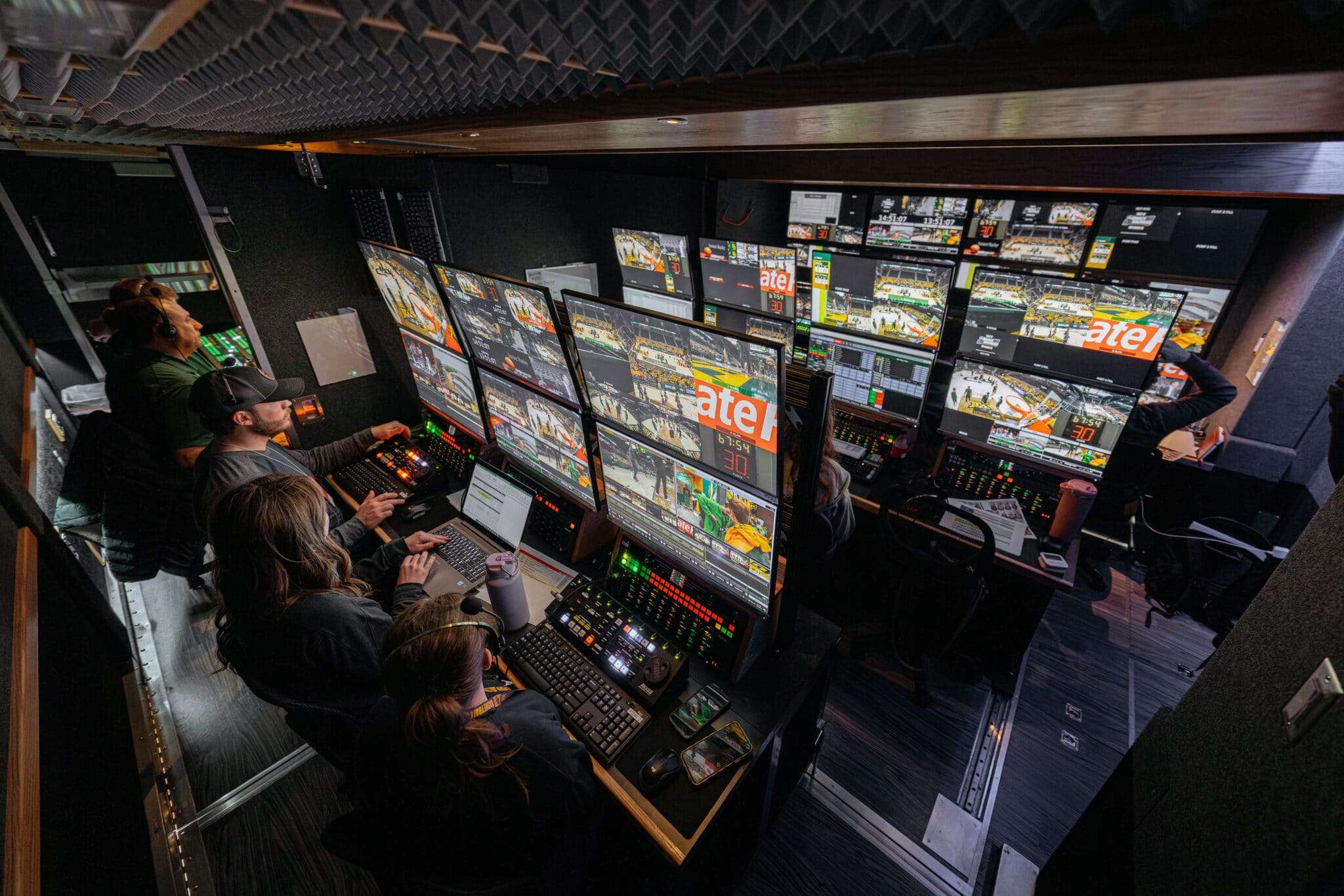The dynamic world of media production extends far beyond the confines of a studio, venturing into diverse and challenging environments through the art of outside broadcasting․ This complex operation involves capturing live events, from sporting competitions and concerts to news reports and political rallies, and transmitting them to audiences worldwide․ Mastering the intricacies of outside broadcasting requires a deep understanding of technology, logistics, and creative storytelling․ It’s a realm where meticulous planning meets split-second decision-making, and success hinges on the ability to adapt to unforeseen circumstances while delivering a seamless viewing experience․
The Technological Backbone of Outside Broadcasting
At the heart of any successful outside broadcast lies a sophisticated technological infrastructure․ This includes:
- Cameras: High-definition cameras are essential for capturing crisp and detailed images․ Different types of cameras are used depending on the specific requirements of the event, from handheld cameras for mobility to robotic cameras for remote operation․
- Sound Equipment: Clear audio is just as important as compelling visuals․ Microphones, mixing consoles, and audio processors are used to capture and enhance sound from various sources․
- Transmission Equipment: The captured video and audio signals must be transmitted back to the broadcast center for distribution․ This can be achieved through satellite links, microwave links, or fiber optic cables․
- Switching and Routing: A central switching system is used to manage and route the various video and audio feeds, allowing the director to select the appropriate shots and create a cohesive program․
- Power Supply: Reliable power is crucial for keeping all the equipment running․ Mobile generators and uninterruptible power supplies (UPS) are often used to ensure a continuous power source․
Overcoming Challenges in the Field
Outside broadcasting presents a unique set of challenges that require careful planning and execution․ These challenges can include:
- Weather Conditions: Rain, snow, extreme temperatures, and strong winds can all impact equipment performance and personnel safety․
- Limited Space: Often, broadcast teams must operate in confined spaces with limited access to power and other resources․
- Security Concerns: Ensuring the security of equipment and personnel is a top priority, especially at large public events․
- Connectivity Issues: Maintaining reliable connectivity for transmission can be difficult in remote locations or areas with poor cellular service․
- Logistical Hurdles: Transporting equipment and personnel to and from the broadcast site can be a complex and time-consuming process․
The Future of Outside Broadcasting
The field of outside broadcasting is constantly evolving, driven by technological advancements and changing audience expectations․ Innovations such as 5G connectivity, cloud-based production workflows, and augmented reality are transforming the way live events are captured and delivered․ The ability to stream high-quality video and audio over the internet has also opened up new opportunities for independent content creators and smaller broadcasters․
Ultimately, the success of any outside broadcasting endeavor rests on the skills and experience of the team involved․ From the camera operators and sound engineers to the directors and producers, each member plays a vital role in bringing the event to life for viewers around the world․ The future of outside broadcasting looks bright, with continued innovation promising even more immersive and engaging live experiences for audiences everywhere․

